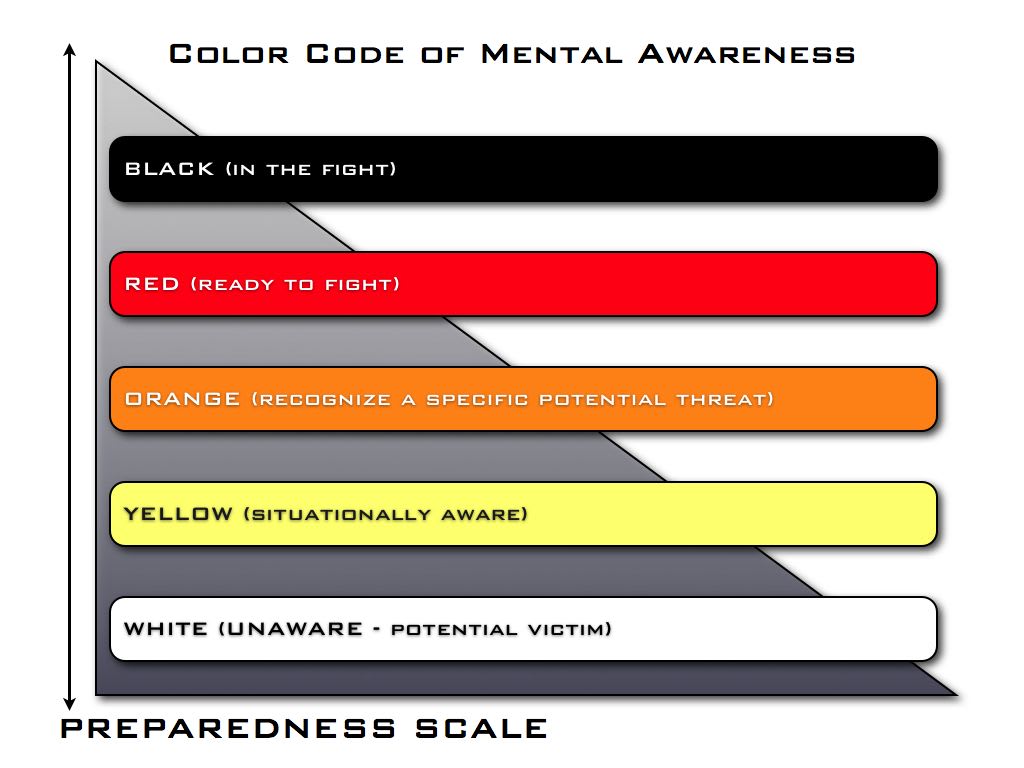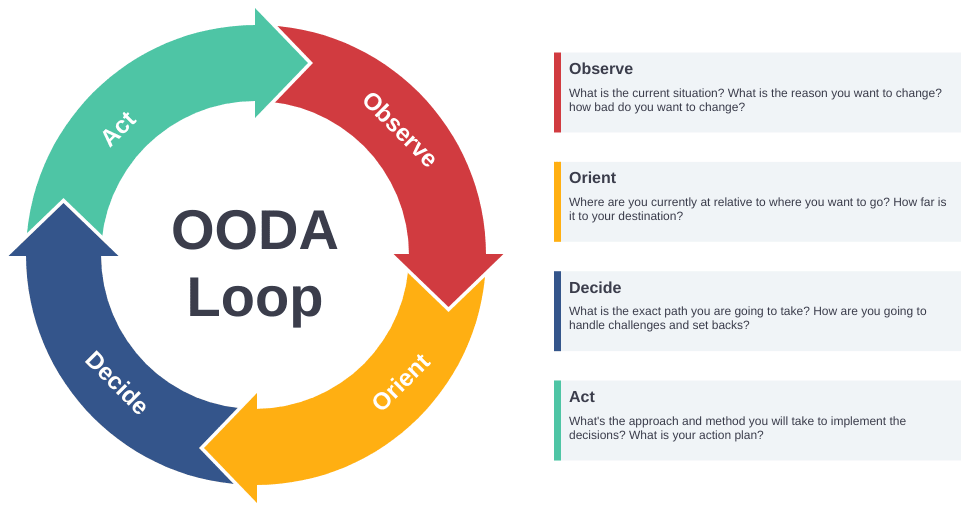
Many of the lone workers and lone worker devices we monitor at Telelink are equipped with panic buttons or panic latches, as featured on the popular Blackline G7x. The truth is, we hope you never have to use the panic button at all. In this article we review strategies for de-escalating volatile situations in the increasingly volatile utility industry.
Electricity and high voltage are not the only dangers utility workers face anymore. Deaths due to violent attack are mounting in the utility industry. In 2019 Julius Rondez was attacked and killed while working for LADWP. Two years before that, Alex Boschert and William Froelich were killed on the job while working for Laclede Gas, allegedly over an unpaid Ameren electric bill.
Senseless acts of violence are committed against utility workers every day. The strategies discussed in this article are designed to help utility workers identify signs of volatility earlier so they can make informed decisions about how to proceed, engage, or abort.
The three stages of a potentially violent situation
De-escalating volatile situations in the field requires a unique skill set and a trained approach. Lone workers in the field can benefit from being aware of the following three stages of a potentially violent situation:
- When to engage
- How to engage
- When to escape the situation
Luckily, de-escalation is a learned skill that can be taught to your organization's lone workers. Knowing when to engage begins with adequate situational awareness.
Situational awareness
For utility workers with a higher risk of violent confrontation, like servicemen, troublemen, meter readers, and anybody working alone, situational awareness is incredibly important. Cooper's levels of awareness, illustrated below shows us how we can set a “default” level of awareness based on the level of risk we face. White and Black levels render us useless in the field, either too panicked and paralyzed by fear, or too relaxed and unprepared for potential harm.
In general, utility workers should maintain a “yellow” level of awareness, unless the situation dictates a higher level is needed. For example, a linesmen may get called to a job where there is known hostility toward utility workers. The linesmen would still enter the job site with a “yellow” level of awareness, but when he arrives, he may escalate his awareness to an “orange” level should he see signs of hostility or aggravation. We can maintain an orange state of awareness for hours at a time if needed.
Being mentally prepared and in the right state of awareness entering the field can help you react quicker and more clearly in the event of a volatile situation.

Recognizing aggressive behaviour
Now that we’re entering the field with the appropriate state of awareness, we can better identify signs of aggressive behaviour. A trained eye can sometimes even recognize aggression before the aggressor realizes they are shifting behaviour. Some signs of aggression include:
- A subtle fight stance: dominant leg drops back slightly; arms are raised or active
- Voices raised
- Extreme calmness after an outburst
- Walking off and coming back with something clearly being concealed
- Moving into your personal space
- Crowds gathering in front of a property
Once you have identified one or more of these signs of aggression, it would be appropriate to move from a yellow state of awareness to orange or red, depending on the severity and immediacy.
Adjusting your level of awareness
Unfortunately, there is not one single process you can follow to de-escalate a volatile situation every single time, only an approach in which you may employ, practice, and fine tune over time.
The approach is often referred to as an OODA loop (observe, orient, decide, adjust). OODA is a four-step approach developed by the US Air Force and was initially intended as a practical method for fighter pilots to think rationally during chaotic or confusing situations.
We can take the same approach entering the field as a utility worker, alone and in potentially dangerous territory. The OODA approach encourages us to constantly evolve and adjust our perception of risk. This way, we aren’t caught off guard while daydreaming (White, in Coopers levels of awareness) or become so on edge that we are unable to make rational choices (Black, in Coopers levels of awareness).

How and when to engage
Let's say you're on site working a job. You’re situationally aware and you notice some aggressive behaviour from a neighboring homeowner. At this time, you raise your situational awareness from yellow to orange and begin cycling the OODA loop. The question now becomes, how and when do I engage, or do I simply leave and come back when it is safer to complete the job?
How or when to engage will depend on the potential threat in front of you. For example, the moment a gun is seen, pull the panic latch on your lone worker device or press the panic button on your lone worker app (discrete mode is available for situations where you may not want the other party to know you have requested help). However, if the potential threat is crowding your personal space, but has no weapon, you may choose to engage by stepping back to allow yourself some space and maintain a subtle battle stance with your hands ready to move and not in your pockets, never taking your eye off the potential threat.
At times of imminent threat, you may cycle through the OODA loop multiple times per minute, constantly adjusting for the risk in front of you. If at any time you feel you cannot de-escalate the situation, it is always better to calmly walk towards your truck and leave the job site.
Telelink’s role in the utility industry
Telelink provides 24/7 lone worker monitoring services to utilities all across North America. We monitor workers who are hundreds of miles away from civilization with GPS devices, workers who are just around the corner in a bad neighborhood with cellular apps, and workers in confined spaces with gas detection devices.
To learn more about Telelink’s 24/7 live monitoring services please visit our website.
Specialty de-escalation Training for your utility company
Want specialty training on how to de-escalate volatile situations for your organization? We recommend checking out InDev Tactical. InDev President and CEO, Jim Willis is a recognized and respected utility security expert and offers an array of training resources.




Post a Comment